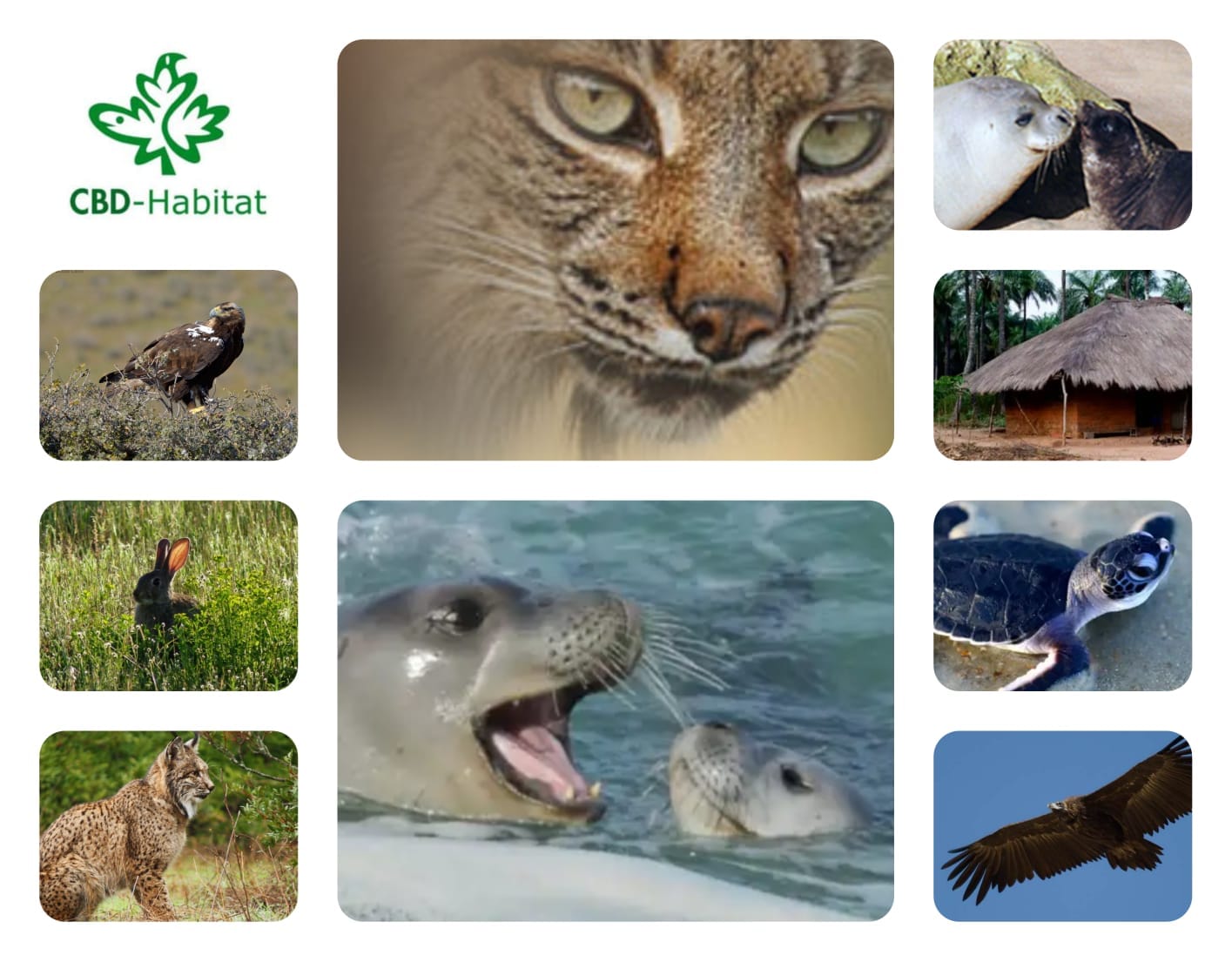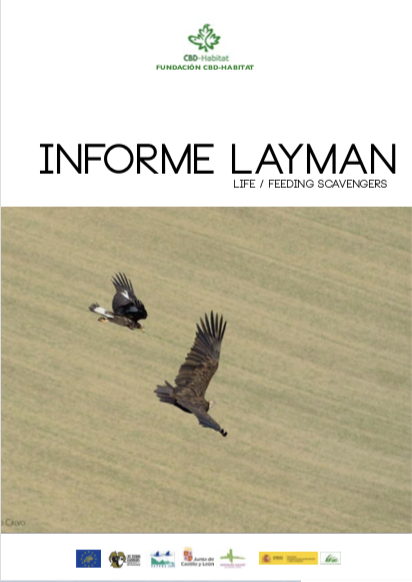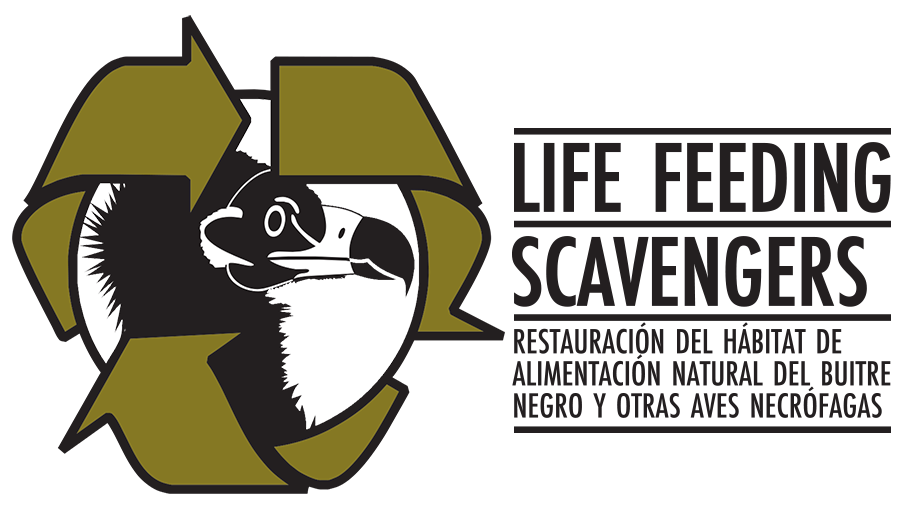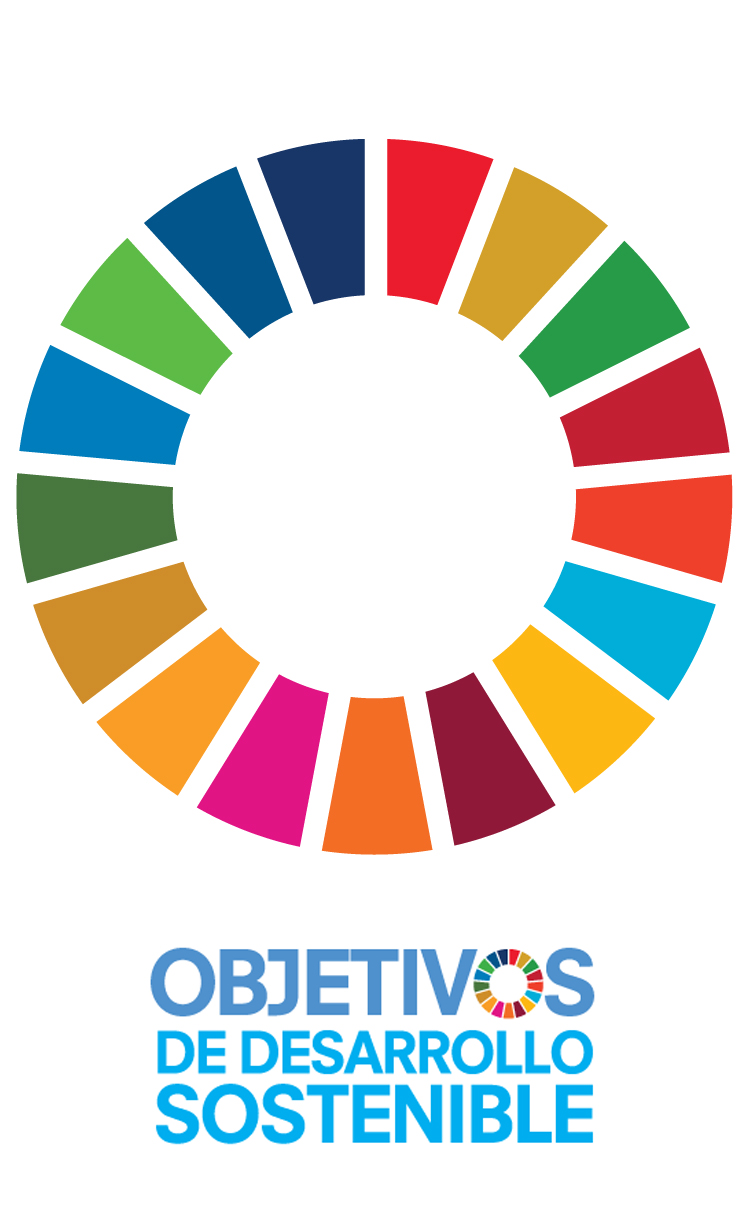Collaboration between “The European Nature Trust” and the CBD-Habitat Foundation
We have recently started a collaboration´s project with “The European Nature Trust” (TENT), that is an international foundation to support nature conservation projects, which collaborates with Wandafilms-Wanda Natura, producer of well-known documentaries. Both entities collaborate with the projects of the CBD-Habitat Foundation. TENT dedicates its efforts to the protection of natural sites and the restoration of places of high environmental value, affected by human activity, “to ensure that our planet remains habitable and that we can share it with other species.” His philanthropic philosophy seeks to support high impact conservation initiatives in Europe. With its support to the CBD-Habitat Foundation, TENT continues its action in Spain (already started with the “Brown Bear Foundation”). This month the technical teams of the CBD-Habitat Foundation and TENT have visited some of the initiatives of conservation and recovery of the Iberian lynx in Andalusia and Extremadura, establishing interesting lines of collaboration and exchange of ideas and experiences, which can cover all CBD-Habitat Foundation projects.
Note: with the support of TENT on May 20 of next year we will attend the premiere of Wanda Natura’s last documentary in London: «Dehesa: the forest of the Iberian lynx», for the benefit of the FCBDH. Thank you!
More information:
 Philosophy of “The European Nature Trust”:
Philosophy of “The European Nature Trust”:
Wild places provide the air you breathe, the water you drink and the food you eat. The evidence is now clear: spending time in nature is even integral to mental health and stress relief, physical wellness and development in childhood. Yet still, only 4% of charitable giving focuses on environmental causes. At The European Nature Trust (TENT), we create unique experiences that connect people to wild nature and raise funds for the protection and restoration of European wilderness. Through creating engaging and impactful experiences, through entertaining, motivating and inspiring, TENT change how people and businesses value nature, and therefore ultimately better protect our world. Most importantly, TENT has a 100% promise, 100% of every single donation is directed through the charity to leading conservation projects on the ground, where it matters. So, the goals of TENT are simple: through our activities we support proven conservation projects on the ground in key wilderness areas over the long-term, and above all, connect people to nature.
“A TRUE CONSERVATIONIST KNOWS THAT THE WORLD IS NOT GIVEN BY HIS FATHERS BUT BORROWED FROM HIS CHILDREN” (JOHN JAMES AUDUBON, NATURALIST & PAINTER)
“Layman” report final summary of the LIFE + “Feeding Savengers” Spanish-English bilingual version
Spain is home to the most important population of necrophagous birds in Europe, both in diversity and in populations. Castilla y León, is the largest autonomous community in Spain, and one of the most unpopulated regions of Europe. Therefore, the responsibility for the conservation of scavenger species rests largely on the Spanish administration and society. In the case of the black vulture, a priority target of the Project, Spain has 95% of the community population.
Summary “REPORT LAYMAN LIFE FEEDING SCAVENGERS”
More information LIFE FEEDING SCAVENGERS
The first reintroduction project for Mhorr gazelle into the wild
A very interesting publication has just come out about the reintroduction project of the Mohor gazelle (Nanger dama mhorr)!
This project has been a milestone in the conservation of this impressive Sahelo-Saharan species. Currently the populations are very rare and isolated, and is declared “critically endangered“.

Reintroductions continue to be an important conservation action for endangered species. Until this, all reintroduction projects for Mhorr gazelle (Nanger dama mhorr) had remained at the stage where the animals live in fenced protected areas of different sizes. This study describes the first experience of reintroduction of a group of 24 Mhorr gazelle into the wild in the Safia Reserve. The reintroduction was carried out in two phases: in the first one, the entire group was released; then, after an unexpected dogs attack event, part of them were kept safe until this problem was solved. Seven of the gazelles were monitored with telemetry collars, providing previously unavailable data on time allocation, daily rhythm of activity and social organization for the species in the wild. In addition, post-release movements revealed three patterns: during the first few days after release, small daily movements (average 2.78 km) close to the fence, followed by long-distance exploratory movements (up to 50 km) until establish territories; and finally, daily movements between established territories (average 8.39 km). Exceptional long distances (>50 km/day) were traveled after a poaching event. The study has also revealed the ability of the species to select and settle territories in favorable areas, after being kept for generations under captive or semi-captive conditions. However, their inability to recognize predators was demonstrated in an unexpected attack by dogs, resulting in the death of seven released gazelles. This mortality following the dog attack was favored, in part, because the released gazelle remained close to the fence, and therefore suggests that the release procedure should be revised, especially when there are predators in the release site. This study has confirmed that dogs as predators and poaching continue to be the main threat to reintroduction projects.
Very good experience and knowledge, that we will improve to the success of future reintroduction projects.

More information:

Exhibition on Bijagos in Guinea Bissau

International Day of Biodiversity under the motto: “Our Biodiversity, Our Food, our Health”. The CBD-Habitat Foundation together with IBAP and Orango Parque Hotel commemorate this day with the inauguration of “The Bijagos Exhibition” at the Guinean Cultural Center of Franco Bissau. The presentation of the exhibition was it made by the Secretary of State for the Environment and the Director of IBAP of Guinea Bissau.
More information:
https://www.un.org/es/events/biodiversityday/
https://2020.cbd-habitat.com/ecoturismo-parque-nacional-de-orango/

International Day for Biological Diversity 2019. Theme will be: “Our Biodiversity, Our Food, Our Health”

This year’s celebrations of the International Day for Biological Diversity,on 22 May 2019, (Convention on Biological Diversity,CBD) focus on biodiversity as the foundation for our food and health and a key catalyst to transforming food systems and improving human health. The theme aims to leverage knowledge and spread awareness of the dependency of our food systems, nutrition, and health on biodiversity and healthy ecosystems.
The theme also celebrates the diversity provided by our natural systems for human existence and well-being on Earth, while contributing to other Sustainable Development Goals, including climate change mitigation and adaptation, ecosystems restoration, cleaner water and zero hunger, among others. In the last 100 years, more than 90 percent of crop varieties have disappeared from farmers’ fields. Half of the breeds of many domestic animals have been lost, and all of the world’s 17 main fishing grounds are now being fished at or above their sustainable limits. Locally-varied food production systems are under threat, including related indigenous, traditional and local knowledge.
With this decline, agrobiodiversity is disappearing, and also essential knowledge of traditional local foods. The loss of diverse diets is directly linked to diseases or health risk factors. Decisions from the 14th meeting of the Conference of the Parties to the UN Convention on Biological Diversity, along with reports on biodiversity and health, provide recommendations. In addition, the EAT-Lancet Commission recently published findings on the healthnutrition-food systems-biodiversity nexus, that describe what constitutes a healthy diet from a sustainable food systems perspective, and which actions can support and speed up food systems transformation, in benefit of biodiversity.
The links between biodiversity, ecosystems, and the provision of benefits to human health are deeply entrenched in the Strategic Plan for Biodiversity 2011-2020. They are central to our common agenda for sustainable development. This focus on the nexus of biodiversity, food systems and health provides an opportunity to generate discussions on ways to support the post-2020 process for a global biodiversity framework and to help “bend the curve of biodiversity loss by 2030”. In this regard, the UN Convention on Biological Diversity together with a range of partners, including the WHO, FAO, UNICEF, UNESCO, as well as other entities like EAT Foundation and the Food and Land Use Coalition (FOLU) are working together to identify transformative actions, through global food systems, to advance progress in support of biodiversity, climate, health and other related Sustainable Development Goals.
More information:
Convention on Biological Diversity
International Day for Biological Diversity 2019
Sustainable Development Goals:









